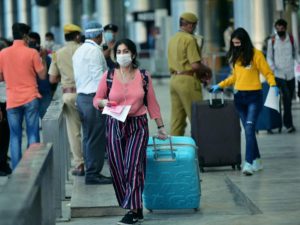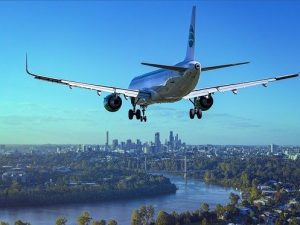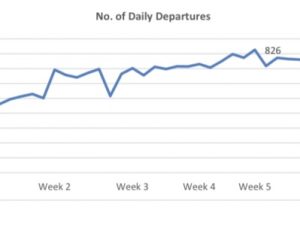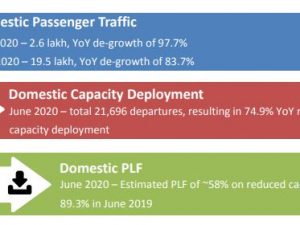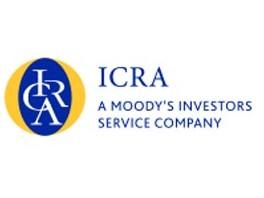The Indian hotel industry anticipates a robust fiscal year in 2024, with double-digit revenue growth, according to ICRA. The growth will be attributed to a combination of domestic and international factors, especially in the latter half of the fiscal year. Premium hotels in India are forecasted to achieve occupancy rates of around 70–72%, marking a significant recovery. Average room rates for these hotels are projected to be in the range of Rs. 6,000–6,200, maintaining a 20–25% discount relative to the FY2008 peak. Despite healthy occupancy, slight margin dips are anticipated in FY2024 due to extensive renovation and maintenance activities undertaken by hotels, surpassing pre-COVID levels. Mr. Prakash Bedi, Vice President of Clarks Safari shares key insights on 2024 hospitality trends., He believes the key metro cities will again lead to an increase in tourism due to MICE, business travellers, etc. The majority of the revenue in the tourism sector will flow from domestic travellers, but international travel will also pick up. At the same time, experiential travel and tier-2 cities will also witness a tourist surge due to infrastructural development. Technology will play a bigger role, and even boutique hotels will strengthen their IT infrastructure, to generate more footfalls. He further adds, “Tourists are becoming more aware of their preferences and choices, adventure tourism will witness a surge. The existing national parks infrastructure will be improved and a few new parks might open up. Wildlife tourism will attract more domestic and international tourists. With the opening of Ram Mandir in Ayodhya, spiritual tourism will see a boost. Also, sustainability will no longer remain a PR activity. The way climate concerns are being raised, and sustainable efforts are taken by the …
Read More »Pan-India premium hotel occupancy projected at 72% in FY24, post recovering 70% in FY23: ICRA
ICRA estimates pan-India premium hotel occupancy at 70-72 per cent in FY2024, after recovering to 68-70 per cent in FY2023. Pan-India premium hotel average room rates (ARRs) are expected to be at Rs 6,000-6,200 in FY2024.
Read More »Domestic passenger traffic around 7% lower than 10.5 million in June 2022
Domestic passenger traffic was around 7% lower in July 2022 compared to around 10.5 million in June 2022, given some impact of the cyclicality in passenger travel, mainly arising from the lean period during monsoon coupled with impact on leisure travel due to hardening of air travel fares, revealed ICRA.
Read More »India’s international air passenger volume likely to hit 97 per cent of pre-Covid levels in FY23: Icra
India’s international air passenger volumes are likely to reach 96-97 per cent of the pre-Covid levels at 329-332 million this fiscal with June traffic already at 79 per cent of the levels seen before the outbreak of the pandemic, revealed ICRA
Read More »ICRA expects hotel industry to achieve 60% of pre-Covid revenues in current fiscal
Vinutaa S, Assistant Vice President and Sector Head, ICRA Limited, said, “ICRA expects the hotel industry to clock ~60% of pre-Covid revenues in FY2022, despite almost four months of impact because of Covid 2.0 and Covid 3.0. Further, the industry is also likely to report operating profits in FY2022 aided by improved operating leverage and sustenance of some of the cost-optimisation measures undertaken in FY2021”.
Read More »Domestic passenger traffic to grow 59% this year, estimated to reach 84 million, predicts ICRA
Suprio Banerjee, Vice President & Sector Head, ICRA recently said, “Domestic passenger traffic for FY2022 is estimated at 84 million, YoY growth of 59%, marginally higher than our estimate of 80-82 million, although it is 40% lower than pre-Covid levels. For March 2022, the average daily departures were at 2,588, higher than the average daily departures of 2,308 in March 2021, and notably higher compared to 2,023 in February 2022. The average number of passengers per flight during March 2022 was at 132, against an average of 135 passengers per flight in February 2022. Elevated ATF prices aggravated by geo-political issues will remain a near-term challenge for the industry and will be a key determinant of profitability for the industry.”
Read More »Indian aviation industry to report net loss of Rs 250-260 billion in FY2022: ICRA
Suprio Banerjee, Vice President and Sector Head, ICRA Limited, says, “With the onset of the second wave of the pandemic and the later emergence of the Omicron variant, the recovery in passenger traffic remained gradual, in the current fiscal. Further, elevated aviation turbine fuel (ATF) prices (higher by ~68% on Y-o-Y basis in 11M FY2022) and continued fare caps continue to pose a major challenge for the profitability of the airlines. Thus, the Indian aviation industry is expected to report a net loss of ~Rs 250-260 billion in FY2022 as per earlier estimates of ICRA. However, expected commencement of scheduled international operations and the waning ‘Omicron’ wave, will result in a notable recovery in passenger traffic in FY2023
Read More »Domestic flight capacity reduces to 75% in June
In view of the ongoing Covid-19 outbreak, the domestic airlines are operating at a lower capacity – total 21,696 departures in June 2020, as against 86,456 departures in June 2019, resulting in a 74.9% YoY reduction in capacity deployment, reveals ICRA. For June 2020, the domestic passenger traffic was 19.5 lakh, as against 119.9 lakh in June 2019, a YoY de-growth of 83.7%. For May 2020 (25th to 31st), the domestic passenger traffic was 2.6 lakh, as against 115.6 lakh in May 2019, resulting in a YoY de-growth of 97.7%.
Read More »FY2021 expected to witness 41-46% de-growth in domestic passenger traffic
As per an ICRA study, though restricted recommencement of domestic air traffic has begun, this will in no case help the industry to recover lost ground in FY2021. Overall, FY2021 is expected to witness 41-46% de-growth in domestic passenger traffic. However, H2 FY2021 will witness some recovery.
Read More »Indian aviation could lose up to Rs90 crore a day with operations shut down
According to ICRA estimates, considering the operating expenses of the Indian aviation industry in FY2019 and that 35-42 per cent of their expenses are fixed in nature, it is estimated that the industry will report a net loss of Rs 75-90 crore per day of shutdown of operations. While some airlines have sufficient liquidity and/or financial support from a strong parentage, which will help them tide over this disruption, some airlines, who are already in financial stress, will face serious troubles.
Read More » Tourism Breaking News
Tourism Breaking News


